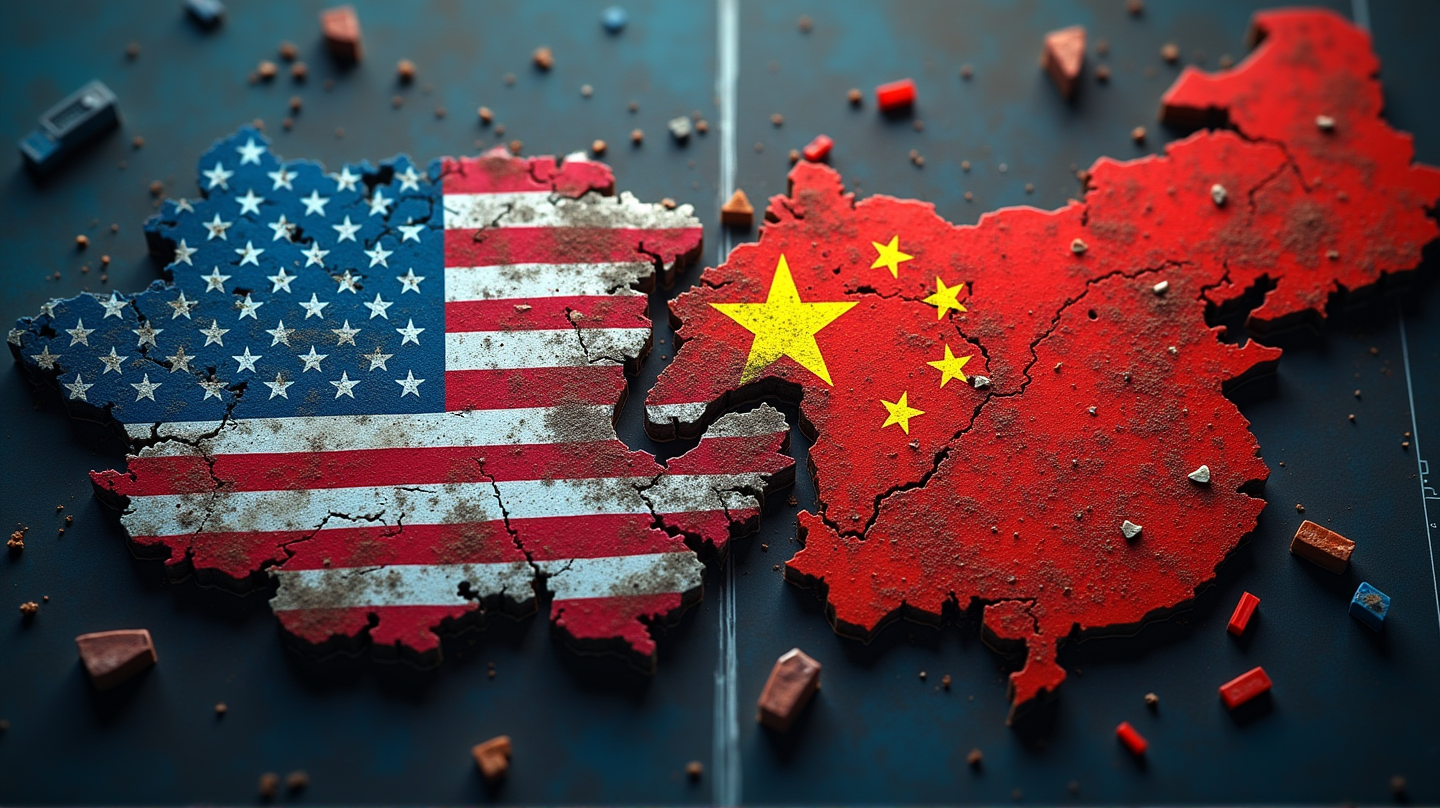The Trump administration is contemplating rigorous restrictions on US software exports to China, signaling escalating trade tensions in response to Beijing’s recent rare earth export limitations. This prospective move, highlighted by Reuters, aims to target a wide array of products pivotal to global tech markets, from laptops to jet engines.
High Stakes in Software Controls
Inside sources reported that although the plan might not advance, the discussions reveal critical strategies being evaluated to address the trade standoff. By weighing such sweeping restrictions, the US illustrates the significant influence of its software on numerous global products, underscoring the stakes involved. Yet, some within the government advocate for more tempered measures that are currently under review.
Tariffs and Tough Talk
President Trump has announced new tariffs set to be imposed by November 2025, amounting to a striking 100% on Chinese imports. His administration is also poised to implement controls on crucial US-produced software, accentuating the gravity of the economic conflict.
Beijing’s Blowback
China has been quick to denounce these potential unilateral US actions, warning of resolute countermeasures to protect its interests. China’s strong stance suggests further tit-for-tat strategies could escalate the trade battle.
Trump’s Condemnation of China’s Tactics
In a forceful rebuke, President Trump labeled China’s export limitations as a moral outrage. He emphasized the US’s strategic control over rare earths, challenging China’s recent moves as an attempt to monopolize the market. Trump’s comments highlighted a deep-rooted suspicion of China’s long-term trade strategies.
Rare Earths at the Heart of Dispute
The ongoing friction over rare earth elements, crucial to technology and industry, has been a focal point in US-China trade disputes. The latest measures signal a possible intensification of conflict, with both superpowers striving for dominance in these critical resources.
As stated in Mint, these developments reveal a significant shift in international trade dynamics, possibly marking a new era of economic rivalry between the world’s largest economies.
